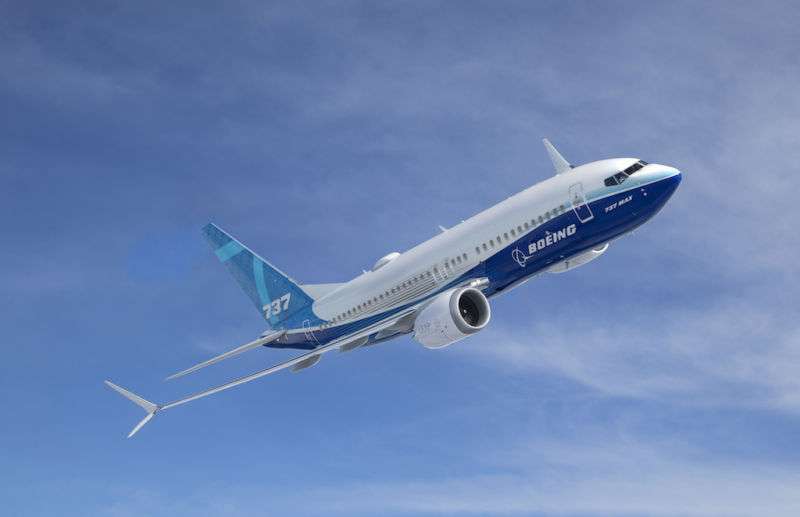
Initial findings put Boeing’s software at center of Ethiopian 737 crash

At a high-level briefing at the Federal Aviation Administration on March 28, officials revealed “black box” data from Ethiopian Airlines Flight 302 indicated that the Boeing 737 MAX’s flight software had activated an anti-stall feature that pushed the nose of the plane down just moments after takeoff. The preliminary finding officially links Boeing’s Maneuvering Characteristics Augmentation System (MCAS) to a second crash within a five-month period. The finding was based on data provided to FAA officials by Ethiopian investigators.
The MCAS was partly blamed for the crash of a Lion Air 737 MAX off Indonesia last October. The software, intended to adjust the aircraft’s handling because of aerodynamic changes caused by the 737 MAX’s larger turbofan engines and their proximity to the wing, was designed to take input from one of two angle-of-attack (AOA) sensors on the aircraft’s nose to determine if the aircraft was in danger of stalling. Faulty sensor data caused the MCAS systems on both the Lion Air and Ethiopian Airlines flights to react as if the aircraft was entering a stall and to push the nose of the aircraft down to gain airspeed.
On March 27, acting FAA Administrator Daniel Ewell told the Senate Commerce, Science, and Transportation Committee’s aviation subcommittee that there had been no flight tests of the 737 MAX prior to its certification to determine how pilots would react in the event of an MCAS malfunction. He said that a panel of pilots had reviewed the software in a simulator and determined no additional training was required for 737-rated pilots to fly the 737 MAX.
Ewell defended the FAA’s late decision to ground the 737 MAX after the Ethiopian Airlines crash, telling senators,”We may have been, I think someone said, the last country to ground the aircraft but the United States and Canada were the first countries to ground the aircraft with data.”
While a final conclusion on the cause of the Ethiopian Airlines crash has not been reached, a Boeing spokesperson told reporters on a March 27 press conference call that the company was working with the FAA to release a new version of MCAS that would rely on additional sensor data and be less aggressive about taking control of the aircraft. But the Boeing representative emphasized that the company stood behind the overall safety of the aircraft. “We’ve conducted some thorough audits since the Lion Air accident of all aspects of the systems on the 737 MAX,” the spokesperson said, reviewing areas of potential safety concern. “We have uncovered nothing that concerns us in any of those areas…Those reviews continue and I’m sure they will continue for some time.”




